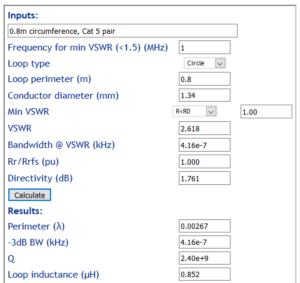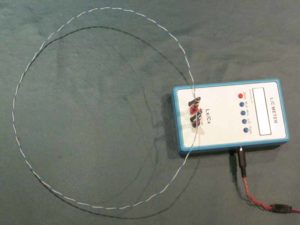An experiment was conducted on 40m using WSPR to compare my own station transmit performance with others relatively close by.
The experiment was conducted around sunset on 01/08/2017, data was collected for the period 0600Z to 0900Z, sunset was at 07:17Z.
The experiment was unannounced as previous experience has been that if the WSPR community becomes aware of activity that does not accord with individual’s opinion of acceptable, the activity can be disrupted.
Data for analysis was fetched by downloading the archive which contained nearly 1,000,000 records for the day, and about 340,000 of those were 40m spots.
Factors shaping experiment design
The following is a discussion of various factors that weighed into experiment design.
Transmitters tend to cluster around the centre of the 200Hz WSPR band.
 Above is a frequency distribution of tx frequency, and it is evident that the risk of interference is reduced by choosing a frequency near the upper or lower limit of the band segment. There was some activity just outside the designated band segment which might indicate care and competence of operators.
Above is a frequency distribution of tx frequency, and it is evident that the risk of interference is reduced by choosing a frequency near the upper or lower limit of the band segment. There was some activity just outside the designated band segment which might indicate care and competence of operators.
One wonders if randomising the tx frequency might not reduce collisions and improve decode rates. Continue reading A WSPR experiment for station evaluation
Last update: 4th August, 2017, 6:17 AM










